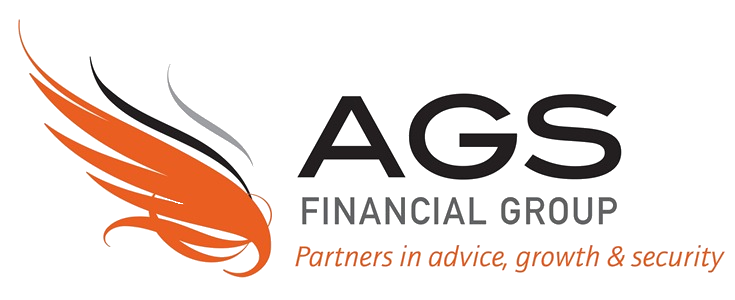Debt Recycling – A Strategy for Every Market
Navigating Financial Success in a Higher Interest Rate Environment
With interest rates at elevated levels, achieving financial success may seem challenging. However, there are strategies that remain effective regardless of market conditions—one such strategy is Debt Recycling. In this article, we’ll explore how debt recycling can help you optimise your finances, even while interest rates remain high.
Debt Recycling: A Quick Overview
Debt recycling involves leveraging the equity in your home to invest in income-producing assets, such as shares or managed funds. The strategy aims to use the income generated from these investments to accelerate the repayment of non-deductible debt, like your mortgage, while simultaneously building a valuable investment portfolio. Over time, your non-deductible home loan is gradually “recycled” into tax-effective investment debt, allowing you to pay off your home loan faster and accumulate wealth through your growing investment portfolio. See it in action here.
Why Debt Recycling Remains Powerful
Interest Deductibility: Even in a higher interest rate environment, the interest on your investment loan remains tax-deductible when the funds are used for income-producing purposes. This tax advantage can help offset some of the costs associated with higher rates.
Long-Term Perspective: Debt recycling is inherently a long-term strategy. While short-term interest rate fluctuations may cause concern, it’s crucial to focus on the bigger picture. Historically, markets tend to outperform mortgage rates over time.
Compound Growth: The power of compounding is a key driver behind debt recycling's effectiveness. As your investments grow, they can contribute to reducing your non-deductible debt faster than simply making additional mortgage repayments.
Risk Management: Diversifying your investments can spread risk. This principle remains relevant in any market condition, making debt recycling a resilient strategy even in volatile environments.
Tips for Effective Debt Recycling in a Higher Interest Rate Environment
Regular Reviews: Continuously review your financial plan to ensure it aligns with your goals, risk tolerance, and the current market landscape. Adjust your investment strategy as needed.
Professional Guidance: Consult a financial planner who specialises in debt recycling to make informed decisions tailored to your unique financial situation.
Maintain an Emergency Fund: Having an emergency fund provides a safety net for unexpected expenses and helps you manage cash flow if interest rates increase further.
View Market Volatility as an Opportunity: Although market declines can be unsettling, they present opportunities to invest at lower prices, making them ideal for wealth accumulators.
Exercise Patience and Discipline: Stick to your long-term plan and avoid making impulsive decisions based on short-term market movements. Debt recycling is most effective when executed with patience and discipline.
Conclusion
Even in a higher interest rate environment, debt recycling remains a powerful strategy for building wealth. By leveraging the benefits of interest deductibility, compound growth, and maintaining a long-term perspective, you can confidently navigate changing financial conditions. Remember to seek professional guidance and stay committed to your financial strategy to achieve your goals.
At AGS Financial Group, we’re dedicated to helping you make informed financial decisions. If you’d like to learn more about debt recycling or discuss how it fits into your financial plan, get in touch with one of our financial planners for a free, no-obligation consultation.

